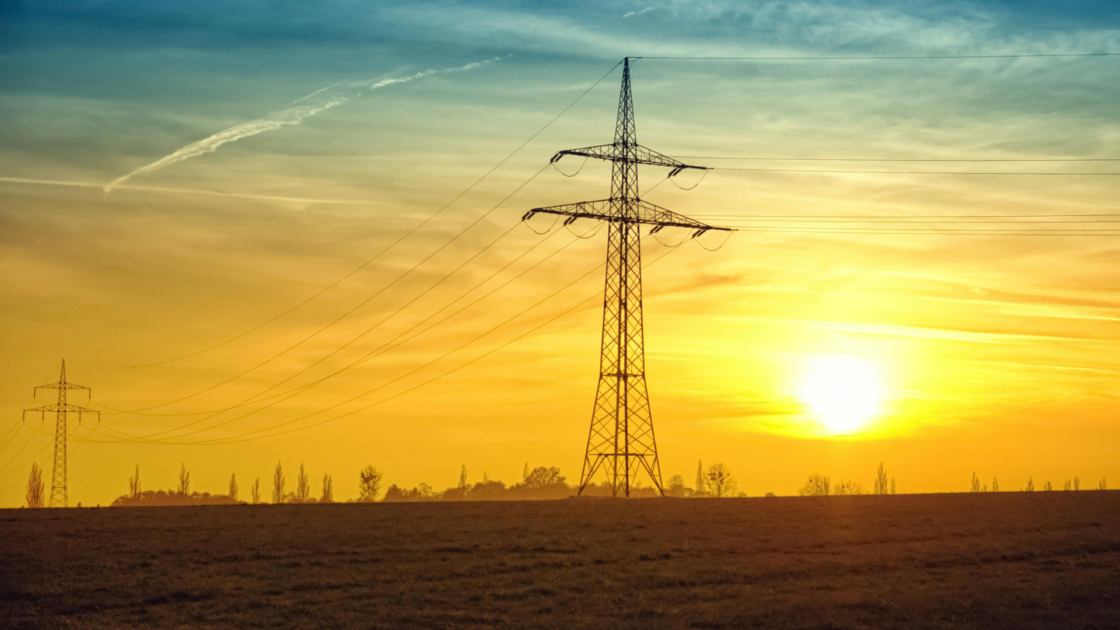
The global energy sector is a complex web of organisations, regulators, and private corporations working together to ensure that the world’s energy needs are met while promoting sustainability, innovation, and policy alignment. From setting regulations to facilitating international cooperation, these institutions play an essential role in shaping how energy is produced, distributed, and consumed. This article will explore the key players in the global energy infrastructure, including international organizations, national regulatory bodies, industry associations, and private-sector companies.
International Organizations
Several international organizations are at the forefront of global energy policy, coordinating efforts to ensure energy security, sustainability, and technological advancement.
- International Energy Agency (IEA)
The IEA is an influential organization providing data, policy advice, and strategies to help countries achieve energy security and meet climate goals. Their efforts focus on promoting clean energy transitions and improving energy efficiency worldwide. - Organization of the Petroleum Exporting Countries (OPEC)
OPEC plays a pivotal role in regulating global oil production and pricing. Through setting production quotas among member countries, OPEC has a significant impact on oil markets, influencing prices and ensuring market stability. - International Renewable Energy Agency (IRENA)
As renewable energy becomes more central to global strategies, IRENA leads the charge in advocating for the adoption of renewable energy technologies. The agency provides critical data and policy advice to help countries transition to a greener energy future. - United Nations Framework Convention on Climate Change (UNFCCC)
The UNFCCC is crucial in international climate agreements, such as the Paris Agreement, focusing on reducing greenhouse gas emissions. Its role is increasingly important as the energy sector moves toward more sustainable practices.
National Regulatory Bodies
At the national level, governments establish regulatory bodies that oversee energy production, distribution, and consumption, ensuring compliance with both national and international standards.
- Federal Energy Regulatory Commission (FERC) – USA
FERC oversees the interstate transmission of electricity, natural gas, and oil within the United States, ensuring fair and efficient energy markets. It plays a key role in energy infrastructure development and energy market regulation. - National Energy Administration (NEA) – China
The NEA is responsible for regulating the development of energy sectors such as coal, electricity, and oil, while also pushing for the adoption of clean energy technologies in China. - Ofgem – UK
Ofgem regulates gas and electricity markets in the UK, ensuring fair competition, consumer protection, and the promotion of renewable energy. - Central Electricity Regulatory Commission (CERC) – India
CERC is a pivotal body in India’s energy landscape, regulating tariffs, inter-state transmission, and promoting the growth of renewable energy.
Industry Associations
Industry associations are vital for setting standards, advocating for policy changes, and promoting best practices within specific energy sectors.
- American Petroleum Institute (API)
API represents the interests of the oil and natural gas industries in the United States. It sets safety and environmental protection standards, advocating for industry-friendly policies. - Global Wind Energy Council (GWEC)
GWEC promotes the global adoption of wind energy by pushing for supportive policies and educating stakeholders about the benefits of wind power. - World Nuclear Association (WNA)
WNA advocates for the role of nuclear power in achieving low-carbon energy goals, promoting the peaceful use of nuclear energy around the world.
Research Institutions
Research institutions and think tanks provide essential insights, data, and technological advancements that shape the future of the global energy sector.
- Rocky Mountain Institute (RMI)
RMI focuses on accelerating the clean energy transition by promoting energy efficiency and renewable technologies, helping both governments and industries reduce their carbon footprints. - Energy Information Administration (EIA) – USA
EIA provides independent data and analysis on energy production and consumption in the United States, informing energy policy and decision-making processes. - Fraunhofer Institute for Solar Energy Systems (ISE) – Germany
ISE is at the forefront of renewable energy research, particularly solar power, contributing to advancements in energy storage and efficiency.
Regional Energy Institutions
Energy does not stop at national borders, and regional institutions play an essential role in fostering cooperation between neighboring countries.
- European Network of Transmission System Operators for Electricity (ENTSO-E)
ENTSO-E coordinates the transmission of electricity across Europe, ensuring efficient cross-border electricity flows and grid stability. - Gulf Cooperation Council Interconnection Authority (GCCIA)
GCCIA facilitates electricity interconnections between Gulf countries, helping to promote energy security through shared infrastructure. - ASEAN Centre for Energy (ACE)
ACE focuses on regional energy planning and cooperation among Southeast Asian nations, promoting clean energy technologies and cross-border energy trade.
Private Sector Corporations
Multinational corporations are key players in the global energy sector, driving innovation, investment, and technological development.
- BP, Shell, ExxonMobil (Oil & Gas)
These oil and gas giants play a major role in shaping global energy markets, influencing production, prices, and the development of fossil fuel technologies. - Siemens, General Electric (Energy Technology)
These companies are at the forefront of developing energy technologies like gas turbines and wind turbines, driving modernization and efficiency in energy infrastructure. - Tesla, BYD (Energy Storage & EVs)
Tesla and BYD are leaders in energy storage and electric vehicles, promoting the transition to renewable energy by offering sustainable transportation and battery technologies.
The institutional infrastructure of global energy is vast and multifaceted, encompassing a wide array of organizations, regulators, and corporations that work in tandem to meet the world’s energy demands. As the energy landscape evolves, particularly in response to climate change and technological advancements, these institutions will continue to play a critical role in guiding the transition toward more sustainable, efficient, and secure energy systems.
